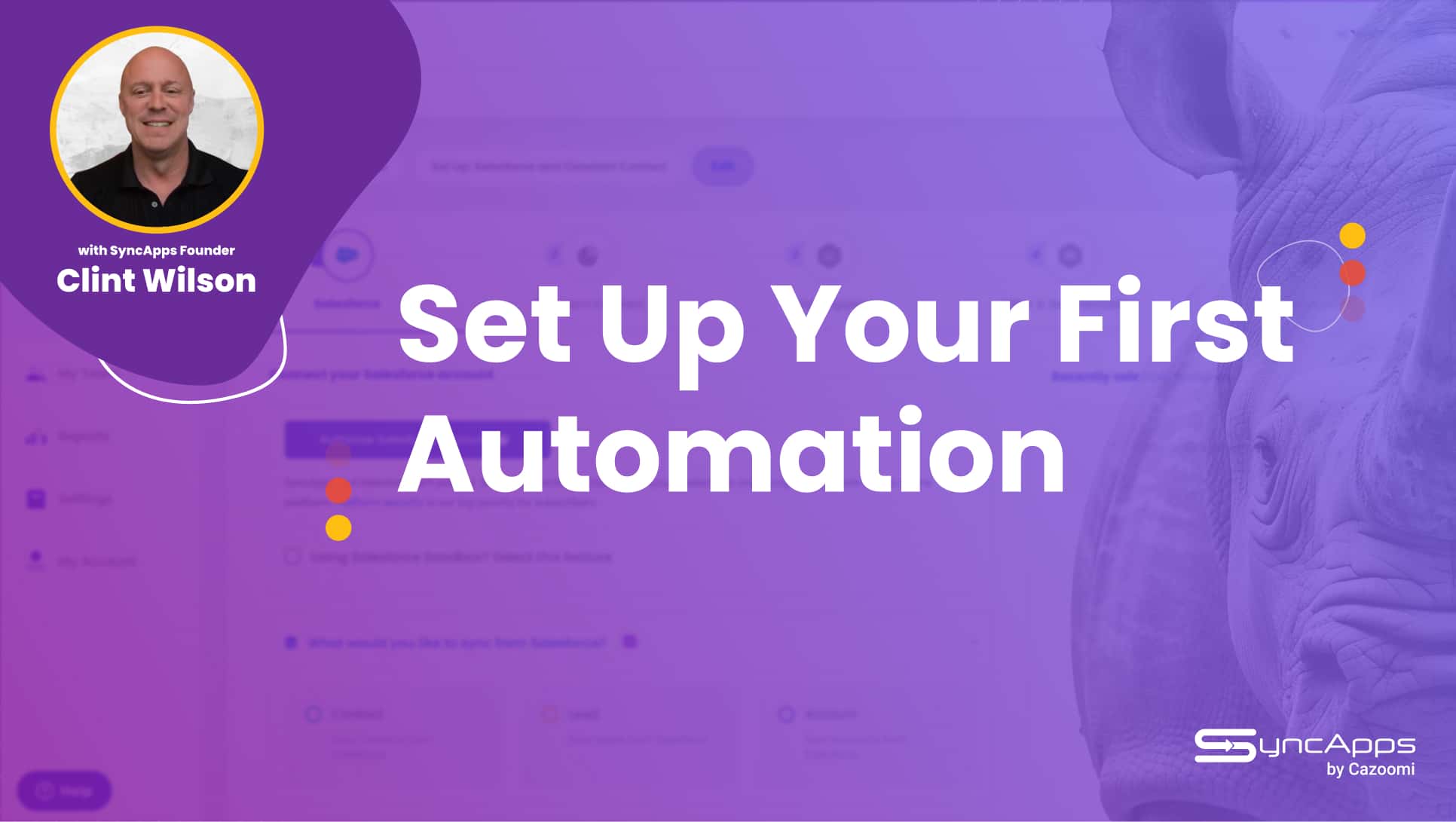5 Buying Signals You May Have Missed (But Can Identify Through Integration)

Relationships (both business and personal) would be much, much easier if people said what they were after from the very beginning. Yes, on Tinder, you can specify whether you’re looking for a long-term commitment or a fling.
But that’s about it.
And if you’re after a long-term commitment, there are thousands of tiny cues your partner gives away — most of them go way over our heads. People have expectations, but they rarely talk about them explicitly.
Think about a business meeting with a new prospect now: they agreed to meet with you, but are they looking to buy, or are they shopping around? Are you on the shortlist, or is this a courtesy meeting because you know their CMO?
You don’t know that, so you’re flying in unquestioningly. If you did, you’d be far better equipped to address their questions and challenges:
- If they’re almost ready to buy, you could skip right to the demo part
- If they’re still in the “shopping around” stage, you could talk about benefits and comparisons between your solution and those of your competitors.
- If they’re covering their bases, you could show them how your solution could help them in the future.

But since very few business decision-makers will tell you exactly what they want and what stage of their buying journey, it’s up to you to figure that out. Enter buying signals.
What Are Buying Signals?
If your date keeps looking at their watch, that’s a signal they’re getting bored or that they have somewhere more important to be. If, on the other hand, they forget to check their phone for hours on end, they’re entirely immersed in the date.
They will rarely spell it out, but they will give away cues.
The same goes for your buyers: buying signals are subtle cues that indicate an interest in your product. They are very easy to miss because online communication is crowded, noisy, and filled with shiny objects.
So today, we’re learning to spot and act on those buying signals.
5 Subtle Buying Signals that Integration Solutions Make Obvious
The easiest-to-miss signals are those that happen outside the platforms you control. The lower your control level over the platform, the more buying signals you will likely miss.
For example, it’s easy to pick up on buying signals during a sales call but more challenging to do so on social media and even harder when you communicate with the same prospects via multiple channels.
For instance, if a prospect asks about contractual terms, that’s a pretty easy queue to catch. But what if their questions are more subtle, and so is their behavior?
Let’s see!
- Someone Who Fits Your Ideal Buyer Profile Follows You on Social Media
This is one of the subtlest buying signals: a social media following is low commitment, so it can mean anything. It is, of course, no reason to start bombarding them with salesy DMs.
You can, however, DM them to ask what prompted them to follow you and if there’s anything they’re looking for in particular. You can use this tactic if they follow you on a personal account or if you’re a small consultancy business.
Here’s how integration can help speed things up:
- Open Salesforce to find out exactly how close that person is to your ideal buyer profile. Better yet:
- Is there someone else in your company among your contacts? If so, open your SyncApps dashboard and take a 360-degree look at their behavior: are they opening your emails or clicking on links? Did they already have a chat with one of your sales reps?
Found something relevant? It’s time to accelerate their buyer journey — for everyone in your contacts who works at the same company.
Similarly, here’s another easy-to-miss buying signal:
- More People from the Same Company Following Your Content
This signal typically means that your company made it on a shortlist or that you’re already the preferred buyer, and it’s just a matter of time until all the legal or bureaucratic issues get sorted out.
For nonprofits, this can mean that a company is getting ready to be your significant backer, and they’ve told their employees about it. The employees started following you to understand your mission better and see if it resonated with them.
How do you spot it with integration?

Our Salesforce to Facebook Lead Ads is a good place to start. Typically, you’ll see someone converting on a Facebook Lead form. Days or weeks later, if more contacts from the same company start pouring in, it’s time to get sales involved or to send a hyper-targeted email campaign.
Pro tip: make sure your Salesforce and Constant Contact/Mailchimp/ActiveCampaign accounts are synced so you can get the bird’s-eye-view over the contact and get marketing and sales on the same page.
- You Get Asked Questions about Your Product via Email
Pay special attention to those granular and challenging questions. If they’re asking about use cases, whether or not it’s a good fit for their specific need, why there is a seemingly missing feature, and so on — it’s a buying signal.
How to speed things up with integration
Say you got a touch question about your product as a reply to one of your latest email campaigns. Thai reply would usually reach the marketing department.
Use your Salesforce integration to update the contact’s status directly from your SyncApps dashboard in both email marketing platforms. This way, you can send them more relevant campaigns, while your colleagues in sales can reach out and offer a demo or set up a meeting.
- Prospects Are Asking about Guarantees
- Is there a money-back guarantee?
- How do I know your service/product works?
- Do you have any case studies I can check out?
- What if it’s not a good fit for our business?
Questions like these are almost as good as the ones about contractual terms. They signal that your prospect is reaching the end of their buying journey, and they’re just crossing the Is and dotting the Ts.
How do you spot this with integration?
Both your sales and your marketing department can receive questions like this. And both of them need to be in the loop.
If a sales rep gets one of these questions, marketing usually has some assets that can instantly be sent to the prospect. Similarly, if marketing gets these questions, sales can take over and walk the prospect through the money-back guarantee.
If you spot one of these questions, log in to SyncApps and review the record reports. Use whatever tags or segments you have already set for prospects within an inch of buying.
Then let automation do its job: the update will be visible to everyone in marketing and sales and they can take it from there.
- Delivery Date/Time-to-Completion Questions
This is one of the questions we get asked frequently at SyncApps, and we love it: “How long does it take to set up SyncApps?” The answer is in our FAQs, and we talk about how fast the process is (15-30 minutes with the help of our consultants) frequently.
Still, we welcome this question because we know it comes from someone who wants a more exact answer and, ideally, one that’s tailor-made to their specific integration use case.
Of course, we use integration to speed things up. Here’s how:
If we get this question via email (a reply to one of our campaigns) or support, it gets immediately flagged in our systems. Then, sales takes over and walks the prospect through demos or asks questions about their specific integration use cases.
More often than not, sales intervention ends with the prospect agreeing to jump on a free trial and letting our consultants set up their workflows.
Wrapping Things Up
As your channels change, grow, and evolve, so will the buying signals you get. However, with the proper tech stack in place and bi-directional sync between your mission-critical solutions, you will always be able to identify them quickly and act on them.
Ready to act on buying signals others miss? Speed up your buyers’ journeys — start your free trial today!



